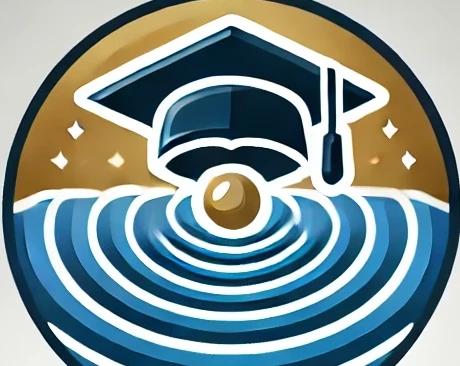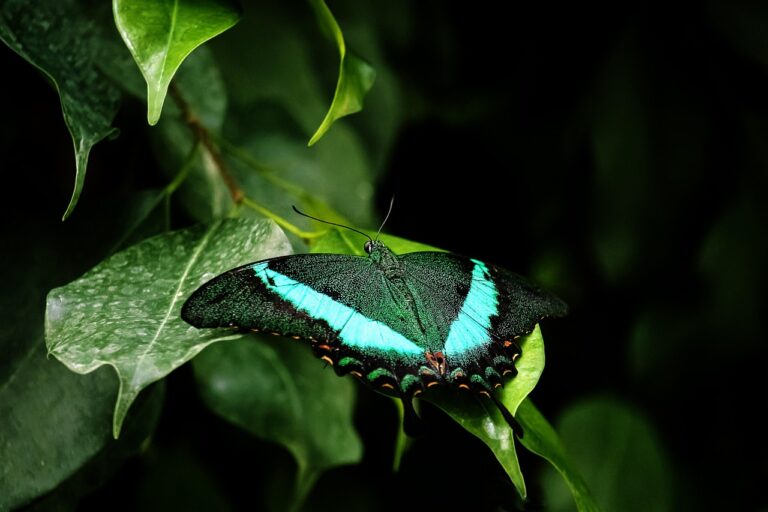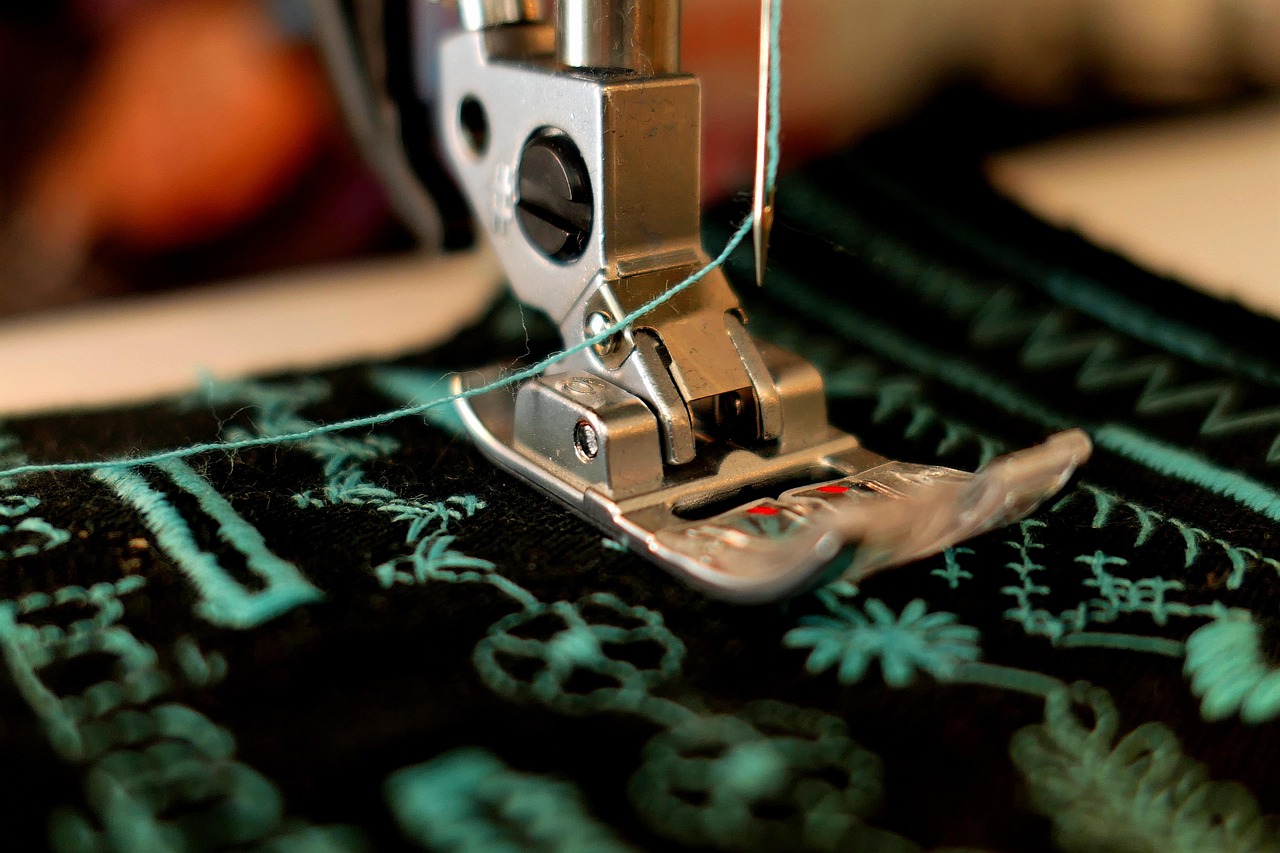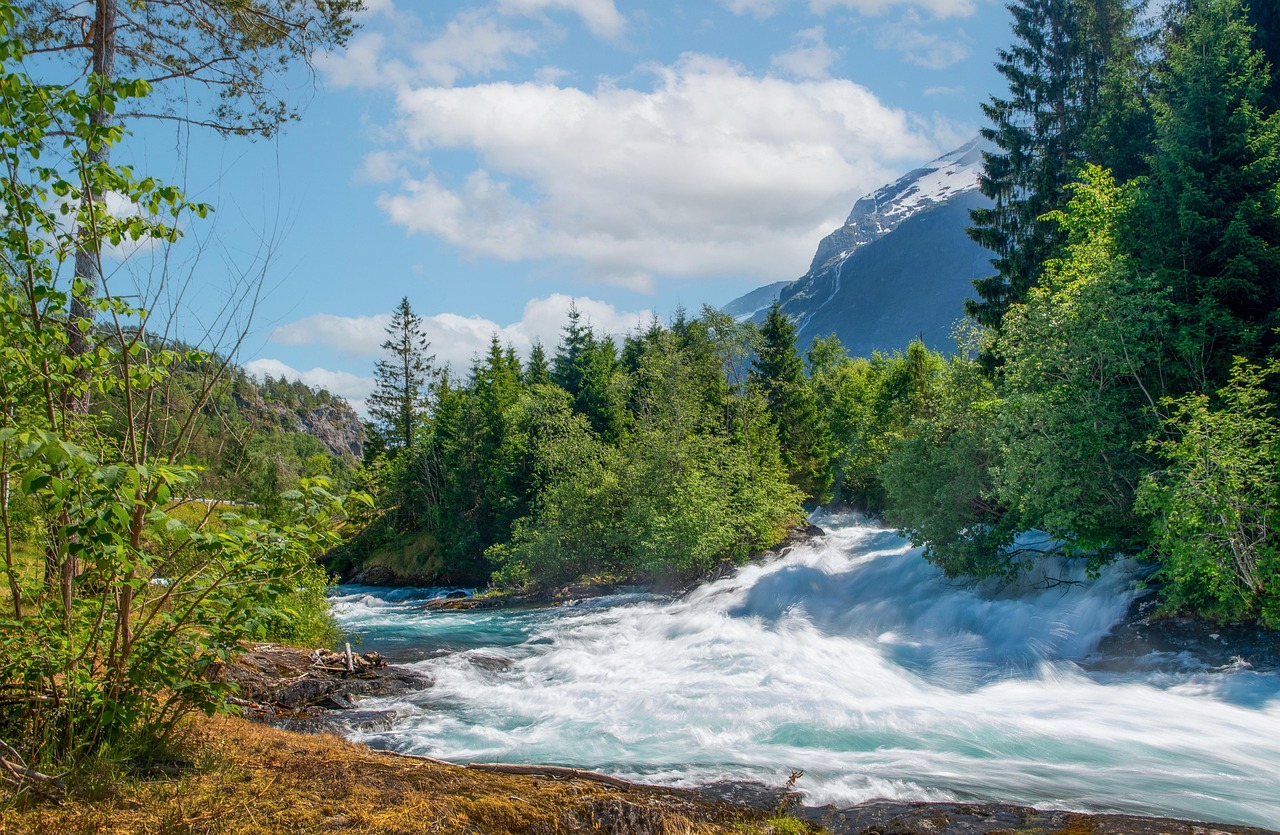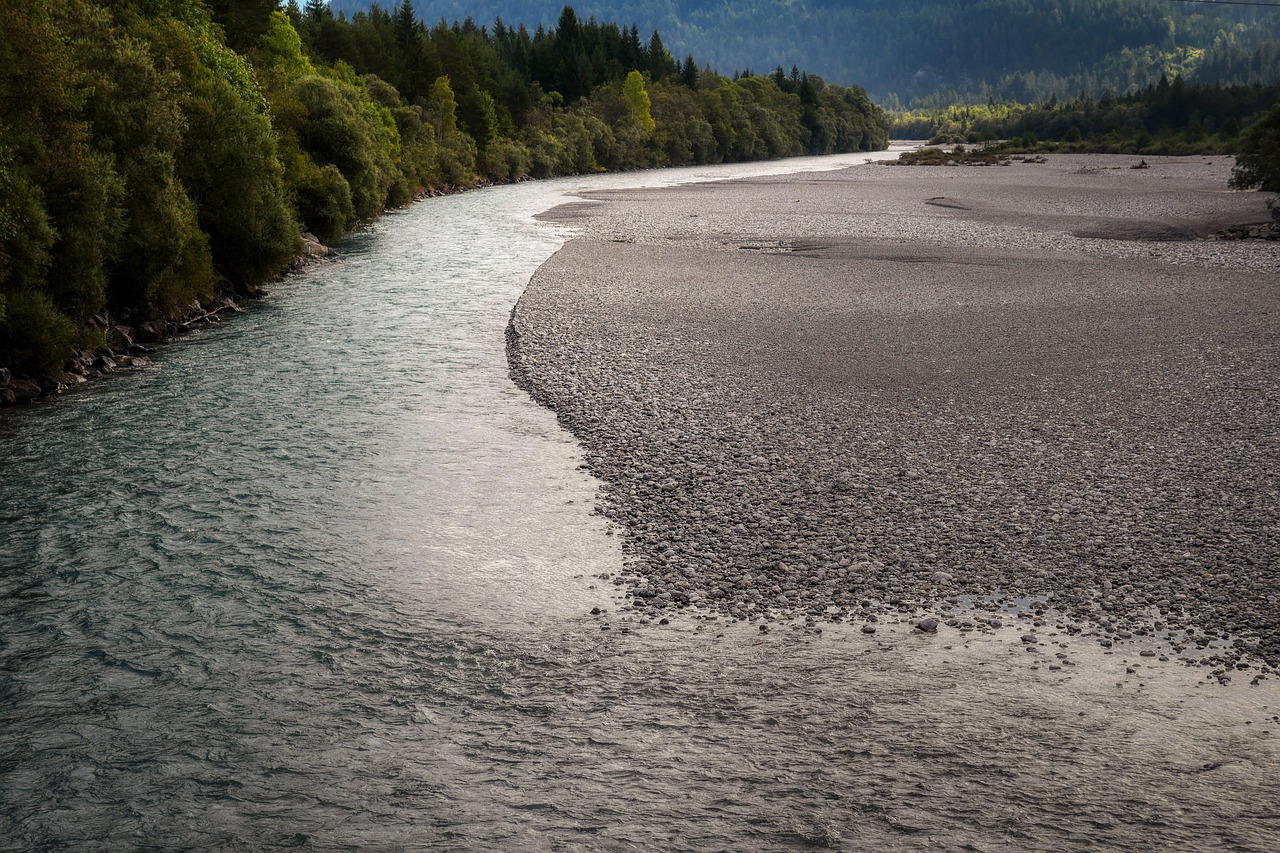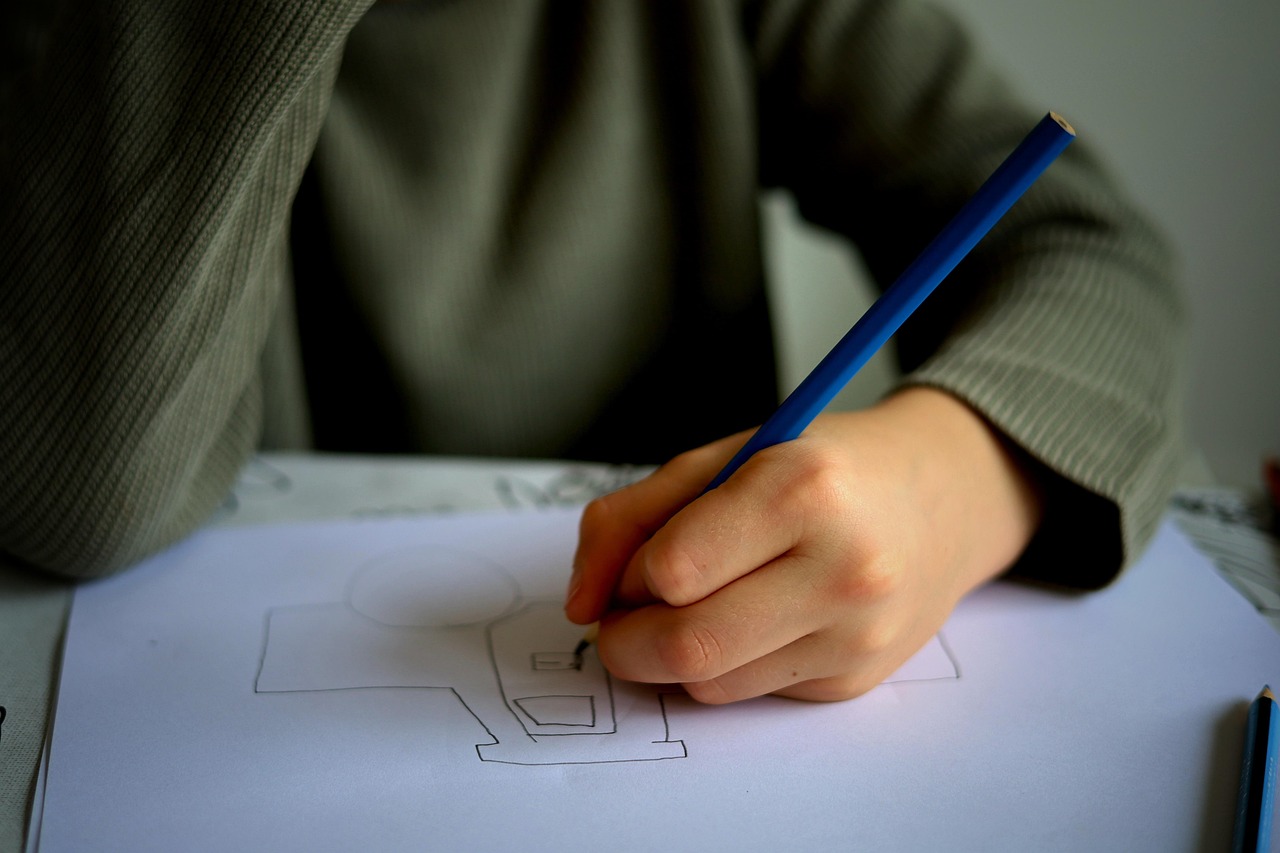Class: Primary 4
Subject: Basic Science
Term: Third Term
Week: 3
Topic: Changes in Plants and Animals – Temporary and Permanent
Duration: 1 Hour
A. Lesson Objectives
By the end of the lesson, pupils should be able to:
Explain the meaning of changes in plants and animals.
Differentiate between temporary and permanent changes.
Identify examples of temporary and permanent changes in plants and animals.
Understand the effects of these changes on living things.
B. Instructional Materials
Charts or pictures showing changes in plants and animals
Real-life plant samples (e.g. a wilting leaf, flowering plant)
Animal picture cards (e.g. caterpillar to butterfly, dog shedding fur)
Flashcards with keywords
Videos or animations (optional)
C. Lesson Content
1. Meaning of Changes in Plants and Animals
Plants and animals undergo different changes as they grow and interact with the environment.
These changes help them adapt, grow, or survive.
Changes in living things can be temporary or permanent.
2. Types of Changes
a. Temporary Changes
These changes do not last long.
The living thing can return to its original state.
Examples in Plants:
Leaves folding during hot weather
Flowers closing at night
Wilting due to lack of water (but revives after watering)
Examples in Animals:
A dog shedding fur
A lizard changing its skin
Sweating in humans
b. Permanent Changes
These changes last forever.
The plant or animal cannot return to its original state.
Examples in Plants:
Germination of a seed
Flowering and fruiting
Death of a plant
Examples in Animals:
Growth from baby to adult
A caterpillar turning into a butterfly
Death of an animal
3. Comparison Table
| Type of Change | Can it be reversed? | Example (Plant) | Example (Animal) |
|---|---|---|---|
| Temporary Change | Yes | Wilting of leaves | Sweating in humans |
| Permanent Change | No | Seed growing to a plant | Caterpillar becoming butterfly |
4. Importance of Changes in Living Things
Help animals and plants adapt to their environment
Allow growth, development, and reproduction
Some changes protect them from danger (like camouflage)
D. Class Activities
Show real or picture examples of temporary and permanent changes.
Pupils sort flashcards into “temporary” and “permanent” categories.
Group discussion: “What changes have you seen in plants or pets at home?”
E. Evaluation (Assessment Questions)
What is a temporary change in animals?
Give two examples of permanent changes in plants.
Which type of change cannot be reversed?
Mention two temporary changes in animals.
Is a plant dying a temporary or permanent change?
F. Assignment
List 2 temporary changes and 2 permanent changes in animals.
Draw and label a plant showing a permanent change (e.g. flowering plant).
Observe and write about a change you saw in a plant or animal this week.
G. Conclusion
Changes in plants and animals are a normal part of life.
Some changes are temporary and others are permanent.
These changes help living things grow, survive, and adapt to their environment.
